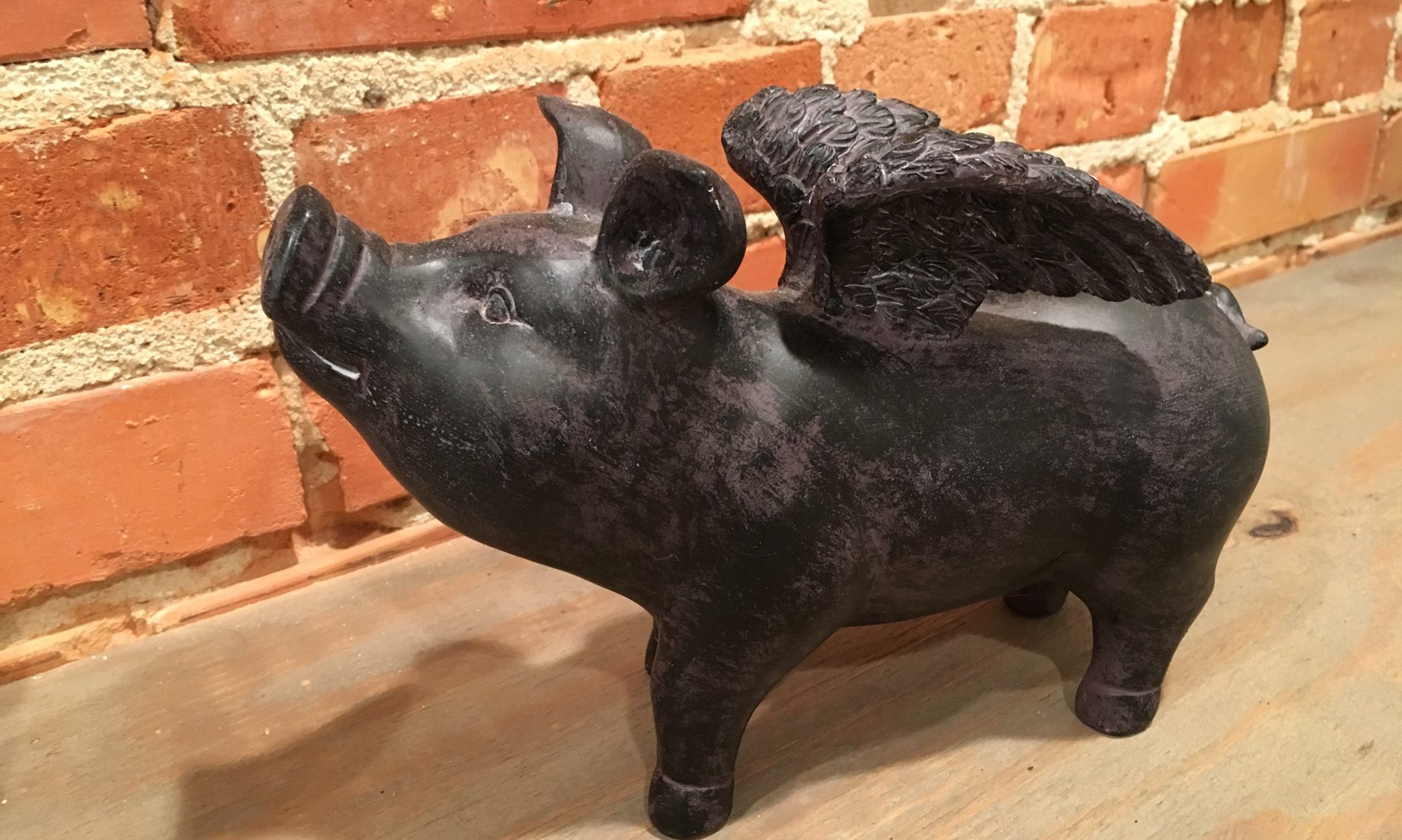Day 3 for me consisted of rudder pedals, rudder pedals, and more rudder pedals. Robbie had already done the initial assembly. He told me that fitting the rudder pedals was one of the harder jobs of the build. Really? They are already built? How hard could it be.
Turns out, not that hard. But it took time. I must have installed and removed the rudder pedals 10 times. Maybe more. Plus I had to buff, polish, file, shim, etc. nearly every mating surface to get the pedals to run right. On a tail dragger, the rudder pedals are arguably the most important flight control. They are also a welded assembly, which means they are heated and cooled during the process, causing warpage.

They apparently never run straight out of the box. That means putting everything in place, tightening all the bolts (8 bolts, nuts, washers, and stand offs/shims), then finding out where the bind is. Remove everything, and then file, sand, buff until you think maybe that is enough. Be careful it’s not too much! That would make them sloppy and sloppy is bad. Reinstall everything and… still tight. Wash, rinse, repeat until 9 hours are gone. That is installing the rudder pedals. Hard? No. Tedious? Yes. I REALLY wished I had access to my big belt sander though. That would have made things progress much faster.
One thing that made the job harder was the instructions. They were, um, incomplete. Here is page one, step one.

Oh, ok. Use some certain hardware. Expect to do some massaging. Insert tab A into slot B. Sounds good. I can do that. So, how do I go about shimming, adjusting, etc? Lets look at step 2.

Um, where is step 2?
Up to this point, I’d just been doing what Robbie said to do. I hadn’t really been reading the manual. This was my first attempt at reading the manual. It read sorta like this in my mind.
How to build a house.
Step 1. Build house.
Step 2. Move in.
Step 3. Cook dinner.
Having read step 1 of installing the rudder pedals, and then envisioning doing it green, by myself, I considered going over and hugging Robbie and telling him how much I appreciated him. I refrained, but only just.
Once the rudder pedals were fitted correctly, I took them out and prepped them for paint. Once again I missed my shop because at home, I have a nice sand blasting cabinet. Not nice because it is high end. It is decidedly low tech. But nice because it is the single best Craigslist buy I ever made. Best $100 dollars I ever spent.
However instead of sand blasting the pedals in about 7 minutes, I spent about an hour hand sanding every little nook and cranny I could reach. I then drove to the hardware store where I bought a drill operated Scotch Brite pad and polished up the weldments and other areas I could not reach with sand paper. Call it 3 hours total from done fitting to ready to paint. It would have been 5 hours and seven minutes to drive home to Raleigh, sand blast the part, and drive back to Grantsboro. Believe me, I thought about it.


While I was working on the rudder pedals, Spork was working on the seat backs. He had to trace, cut out, file, and sand the metal backings of the seats. Unlike his father, he did the job with no whining and no rework. He just traced, cut, and finished like it was an every day thing. It is a little unnerving and rather annoying how he picks things up so well. On day one he couldn’t operate the drill to change drill bits. On day three he’s doing metal fabrication.


With the rudder pedals drying, and the seats installed, I went underneath the plane to drill out for the cargo bay floor pans. I’m wearing my sunglasses because I’m too lazy to go get safety glasses. I wear Oakley sunglasses (thanks Ron!) and they are rated as safety glasses so I was good using them instead. I had a bit of a Stevie Wonder thing going on, but luckily I was able to drill all the right places without any screwups.

While I was working on the bottom of the airplane, Robbie and Spork were installing the tail feathers. This is harder than it sounds because there are some very critical adjustments that need to be made during install. Once they are made, they are permanent. One decision is how much angle the horizontal stabilizer needs. Zero degrees would be perfectly in trail. No down force, no lifting. That is what the Highlander has. However in testing the factory determined that a negative 1.6 degree set to the stabilizer was better. Robbie and I talked about it for a bit and we decided to go with the factory recommendation. Robbie spent a good hour just measuring and tweaking the adjustments and got it to 1.5 degrees. I called that close enough and he and Spork drilled the holes and permanently locked everything in place.

While the boys were tweaking to the tenth of a degree, I kept drilling and riveting, disturbing their work. Thankfully they were good at what they did and didn’t mind my working.



These were just mockups of the seats but it looked really cool to see something that looked like an airplane.
